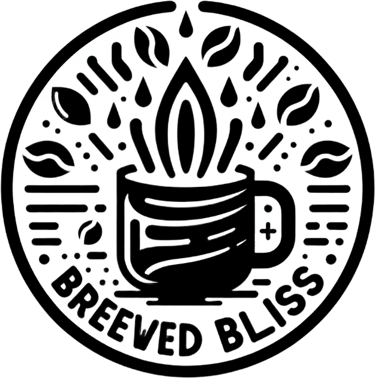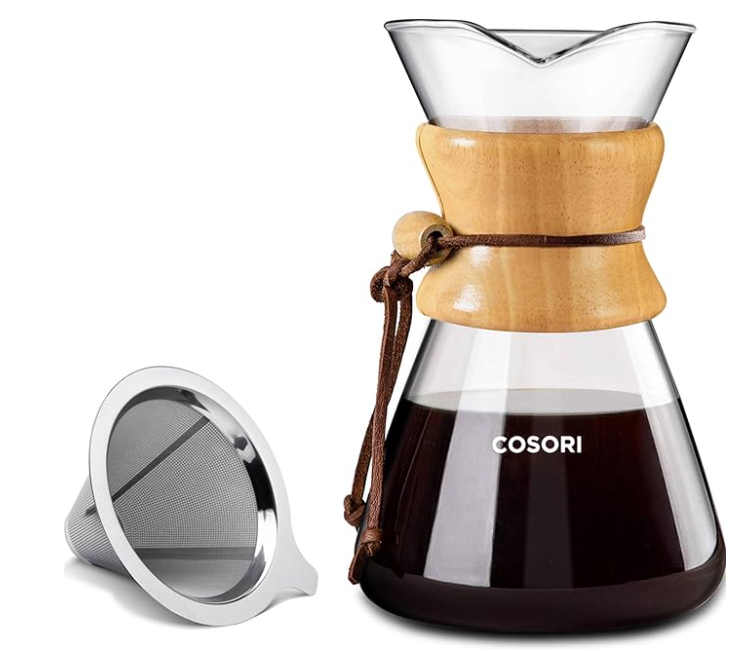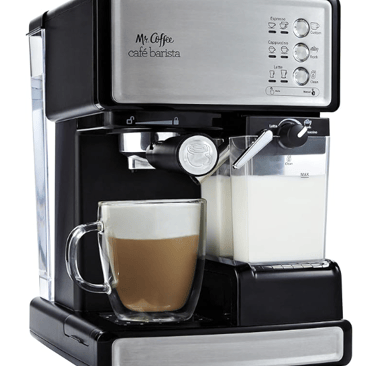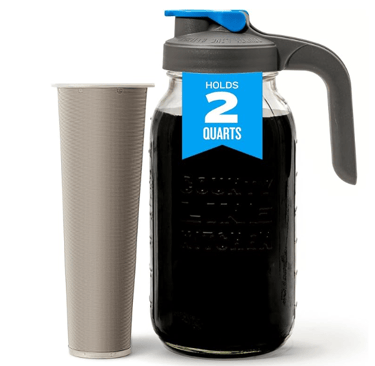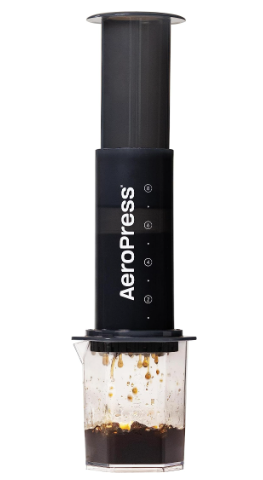Top 5 Coffee Brewing Methods Compared: Which One is Right for You?
METHODS
10/14/20259 min read

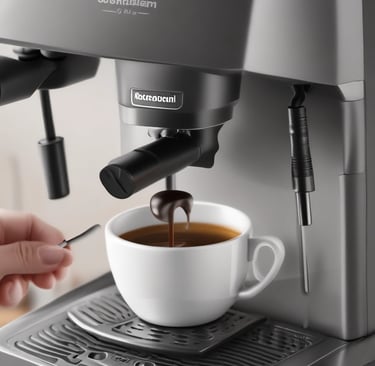
Introduction to Coffee Brewing Methods
Coffee brewing is an art and a science that transforms the raw, aromatic beans into a beverage loved by millions around the globe. The brewing process significantly influences the flavor, aroma, and overall experience associated with coffee consumption. Each brewing method is distinct, requiring varying techniques, tools, and water-to-coffee ratios, resulting in a wide range of tastes and experiences. As such, understanding the different coffee brewing methods is essential for coffee enthusiasts seeking to refine their palates and discover their preferences.
Different brewing techniques can highlight particular flavor profiles, acidity levels, and body perceptions in coffee. For instance, methods such as French press or espresso emphasize boldness and richness, while pour-over techniques may accentuate clarity and brightness. The choice of brewing method can also cater to various lifestyle needs—be it quick convenience or leisurely rituals. Consequently, selecting an appropriate brewing method can greatly enhance one’s coffee experience, catering to individual preferences.
In this blog post, we will explore the top five coffee brewing methods: the French Press, pour-over, espresso machine, AeroPress, and drip coffee maker. Each of these methods will be examined in terms of preparation time, equipment needed, flavor output, and ease of use. By comparing and contrasting these brewing methods, we aim to provide insights into which technique may suit your tastes and lifestyle. Whether you cherish a quick, robust cup of espresso or prefer the nuanced flavors achieved through pour-over, our analysis will prepare you to make an informed decision on your next coffee brewing adventure.
Method 1: French Press
The French Press is a classic coffee brewing method, widely appreciated for its simplicity and ability to produce rich and flavorful coffee. This method employs a cylindrical glass or stainless-steel container, often accompanied by a mesh plunger to separate the brewed coffee grounds from the liquid. To begin brewing with a French Press, one needs coarsely ground coffee, hot water, and the press itself. A typical ratio is approximately one ounce of coffee for every 15 ounces of water, although individual preferences may vary.
The brewing process involves steeping the coffee grounds in hot water for about four minutes before pressing the plunger down to separate the grounds from the liquid. This method allows for maximum extraction of flavors from the coffee, resulting in a robust and aromatic beverage. Many coffee enthusiasts favor the French Press because it retains the natural oils from the coffee beans, providing a fuller body and enhanced flavor profile when compared to other brewing techniques.
However, the French Press method does come with some drawbacks. The preparation process can be time-consuming, and it requires careful attention to brewing time to avoid over-extraction, leading to a bitter taste. Additionally, the mesh filter may allow some coffee sediments to pass into the final brew, which some drinkers may find unappealing. To achieve the best flavor, it is essential to use fresh coffee beans and experiment with different grind sizes and water temperatures. By fine-tuning these variables, one can unlock the full potential of the coffee produced by this method.
In summary, the French Press is a popular choice among coffee enthusiasts for its ability to create flavorful and aromatic coffee. With the right technique and equipment, users can enjoy a satisfying coffee experience that highlights the unique characteristics of their chosen beans.
Method 2: Pour-Over
The pour-over coffee method has emerged as a popular choice among coffee enthusiasts looking to achieve a refined cup of coffee. This manual brewing technique requires a few essential pieces of equipment, including a pour-over dripper, a coffee filter, a kettle, and freshly ground coffee beans. The simplicity of this method allows for a hands-on experience that can enhance one’s appreciation of the brewing process.
To begin brewing with the pour-over method, start by measuring the coffee grounds. A common ratio is to use approximately 1 to 2 tablespoons of coffee for each six ounces of water, though adjustments can be made according to personal taste. Next, heat the water to just below boiling point, ideally between 200°F and 205°F. Place the filter in the pour-over dripper and rinse it with hot water to eliminate any paper taste and preheat the dripper. Then, add the coffee grounds evenly into the filter.
As you start the brewing process, pour a small amount of hot water over the coffee grounds to bloom them, allowing the grounds to release trapped gases. After about 30 seconds, continue pouring in a circular motion, ensuring all the coffee grounds are saturated without overfilling the filter. This careful control over the pouring technique allows for an even extraction and enhances flavor clarity.
The pour-over method offers distinct advantages in terms of flavor consistency and control over brewing parameters, such as time and temperature. As a result, coffee brewed this way often exhibits bright acidity, pronounced sweetness, and a clean finish. Many enthusiasts appreciate the ability to highlight the unique characteristics of different coffee beans, which can include varying aromas and taste profiles such as floral notes, rich chocolate, or fruity undertones. Consequently, the pour-over method has gained traction in both home brewing and specialty coffee shops alike, appealing to those seeking a meticulous coffee experience.
Disclosure: This post contains affiliate links. If you click and make a purchase, I may earn a small commission at no extra cost to you.
Method 3: Espresso Machine
The espresso machine is a unique coffee brewing method that stands apart from others due to its ability to produce a concentrated shot of coffee, known as espresso. Unlike drip coffee or French press methods, which tend to yield lighter and more diluted flavors, espresso provides a bold and rich taste. This difference in flavor intensity is achieved through the unique brewing process that involves forcing hot water through finely ground coffee at high pressure, typically around 9 bars. The result is a small volume of coffee with a complex flavor profile and a signature crema on top.
An espresso machine consists of several essential components, including a water reservoir, portafilter, group head, steam wand, and pressure gauge. Each part plays a critical role in the espresso-making process. The water reservoir holds the water needed for brewing, while the portafilter is used to hold the ground coffee. When properly tamped down, the coffee grounds create resistance that aids in the extraction process. The group head then distributes hot water uniformly to enhance flavor extraction. The steam wand is a prized feature for those who enjoy milk-based espresso drinks, such as lattes and cappuccinos. Lastly, a pressure gauge ensures that the brewing process remains within the ideal pressure range, contributing to a high-quality extraction.
To properly extract a shot of espresso, one should ensure that the coffee is freshly ground and precisely measured. The brewing time is typically 25-30 seconds, during which the high pressure creates a concentrated and flavorful shot. However, while the rich taste of espresso is appealing, it is essential to consider the equipment associated with this brewing method. Espresso machines can vary significantly in cost, from affordable manual models to high-end automatic machines. Additionally, they require more technical knowledge and maintenance than some other brewing methods, which might deter those who favor simplicity. Thus, those interested in brewing espresso must weigh the allure of its rich flavors against the complexity and cost of the necessary equipment.
Method 4: Cold Brew
Cold brew coffee is a popular brewing method that has gained traction for its smooth, rich flavor and low acidity. This technique involves steeping coarsely ground coffee in cold or room-temperature water for an extended period, typically 12 to 24 hours. Unlike traditional brewing methods that use heat to extract flavors quickly, the cold brew method requires patience and time, resulting in a distinctly different profile that appeals to many coffee enthusiasts.
To prepare cold brew at home, start by coarsely grinding high-quality coffee beans. A common ratio is one cup of coffee grounds for every four cups of water, although this can be adjusted based on personal taste preferences. Combine the grounds and water in a large jar or pitcher, ensuring that all the coffee is saturated. Cover the mixture and let it steep in the refrigerator or at room temperature. After the steeping period, strain the coffee through a fine-mesh sieve or a coffee filter to separate the liquid from the grounds, yielding a concentrated brew.
One of the key benefits of cold brew coffee is its low acidity, which results in a smoother taste compared to hot-brewed coffee. This characteristic makes it particularly appealing to individuals sensitive to acidity or those who prefer a milder flavor. Moreover, the cold brew concentrate can be served in various ways, such as diluted with water or milk, or served over ice for a refreshing summer beverage. Garnishing with a splash of flavored syrup or a dollop of whipped cream can enhance the experience further.
However, it is crucial to note that cold brew may not satisfy everyone's palate, especially those who appreciate the bright and bold flavors often associated with hot coffee. Additionally, the lengthy brewing time can be impractical for those seeking a quick caffeine fix. Despite these possible downsides, cold brew remains a beloved method for many, highlighting the diverse ways coffee can be enjoyed.
Method 5: AeroPress
The AeroPress has gained significant popularity among coffee enthusiasts for its distinct brewing method and versatility. It is a compact device made up of a cylindrical chamber and a plunger, which uses pressure to extract flavor from the coffee grounds. This simple apparatus allows users to quickly brew a cup of coffee in a matter of minutes, making it a great option for those seeking efficiency without compromising quality.
To brew coffee using the AeroPress, first, you’ll need freshly ground coffee beans. The ideal coffee-to-water ratio typically ranges from 1:15 to 1:17, depending on your desired strength. After adding the coffee to the chamber, hot water is poured over the grounds, where they interact for about 30 seconds, known as steeping. Following this, the plunger is pressed down gradually, which forces the brewed coffee into your cup. This process results in a rich, concentrated coffee, often likened to espresso. Brew times can vary, but generally, the entire process takes around one to two minutes.
There are numerous recipes for AeroPress, allowing users to experiment with different flavors and styles. For instance, you can create an American-style coffee with more water or try a mocha by adding chocolate and steamed milk. The flexibility in brewing parameters means that users can fine-tune their method based on personal preference.
When comparing the coffee produced by the AeroPress to other methods, such as drip or French press, you will find it delivers a unique flavor profile. The resultant coffee often displays enhanced clarity and brightness, allowing specific tasting notes to shine through. Furthermore, the use of a micro-filter prevents excess oils from entering the cup, resulting in a smooth finish. This kind of quality and ease makes the AeroPress an appealing choice for home brewers looking to elevate their coffee experience quickly and efficiently.
Conclusion and Recommendations
In reviewing the five prominent coffee brewing methods—drip coffee, French press, pour-over, espresso, and cold brew—it becomes evident that each method caters to diverse preferences and lifestyles, influencing the aroma, flavor, and overall coffee experience.
Drip coffee makers are ideal for those who prioritize convenience and may often brew multiple cups at once. This method tends to produce a clean and consistent flavor profile, making it suitable for individuals who enjoy a classic cup of coffee without much fuss.
The French press, on the other hand, shines for coffee enthusiasts who appreciate full-bodied flavors and enjoy a hands-on brewing process. It allows for greater control over steeping time and grind size, making it a fantastic option for those who want to delve deeper into their coffee's characteristics.
Pour-over brewing is recommended for those who value precision and experimenting with different variables. This method can produce a bright and flavorful cup, appealing to coffee connoisseurs who relish the art of brewing.
Espresso is perfect for the caffeine lovers or those who enjoy rich, concentrated coffee. It opens the door to a variety of beverages, such as cappuccinos and lattes, catering to those who enjoy a more indulgent coffee experience.
Lastly, cold brew is a refreshing alternative for those who prefer a smooth and low-acidity coffee, especially during warmer months. It offers a convenient option for on-the-go individuals or for those who desire a chilled beverage without a lengthy preparation process.
In summary, when choosing a coffee brewing method, consider your taste preferences, lifestyle, and the level of involvement you desire in the brewing process. Each method has distinct advantages that cater to different types of coffee drinkers, making it crucial to select one that aligns with your personal coffee journey.
